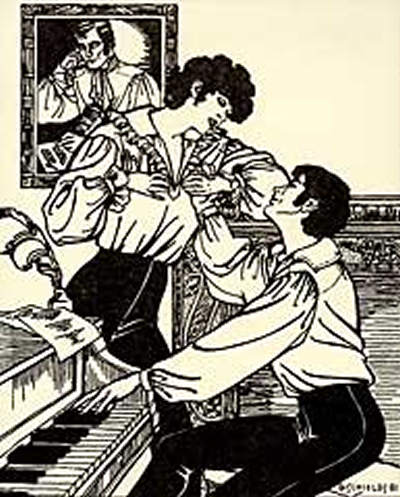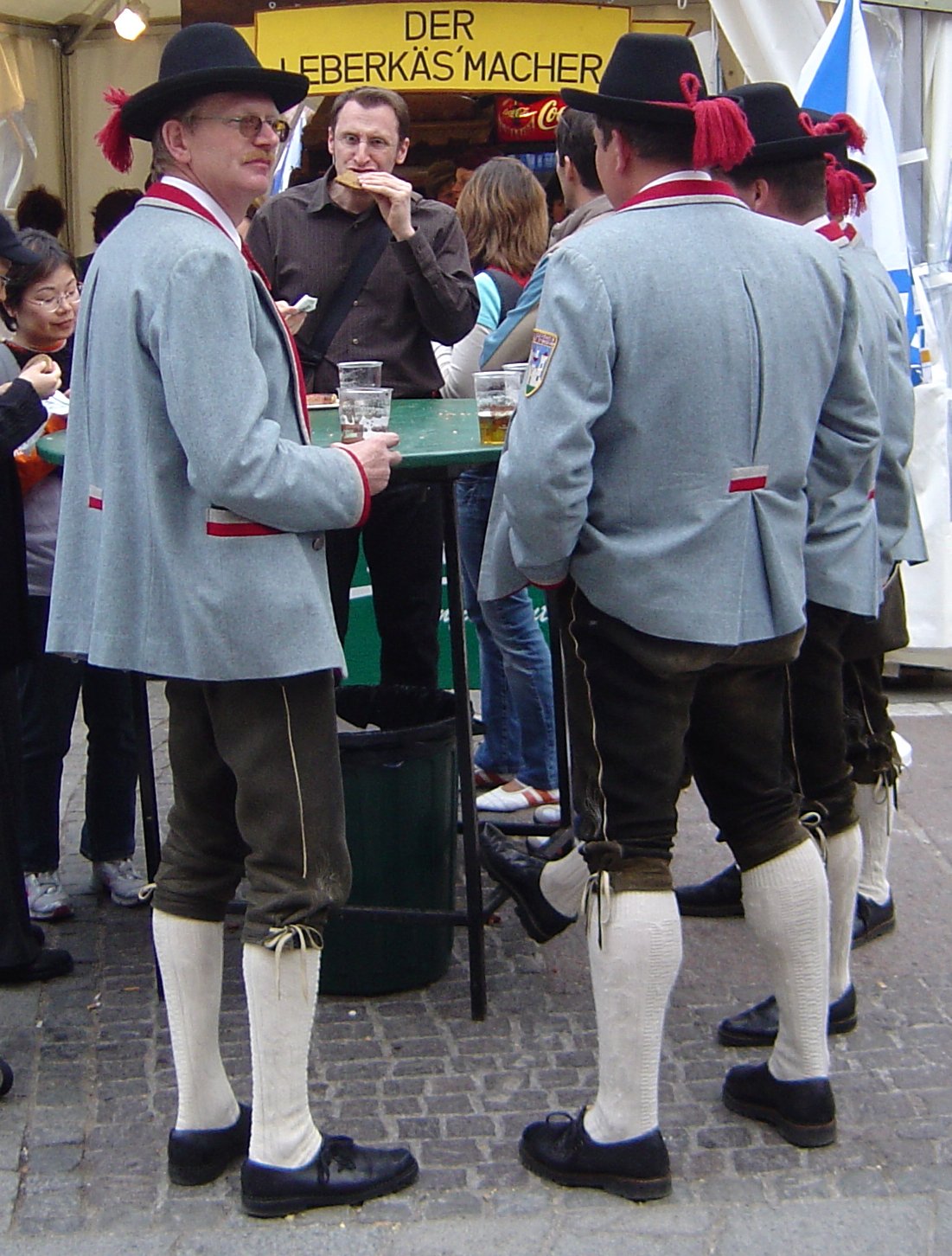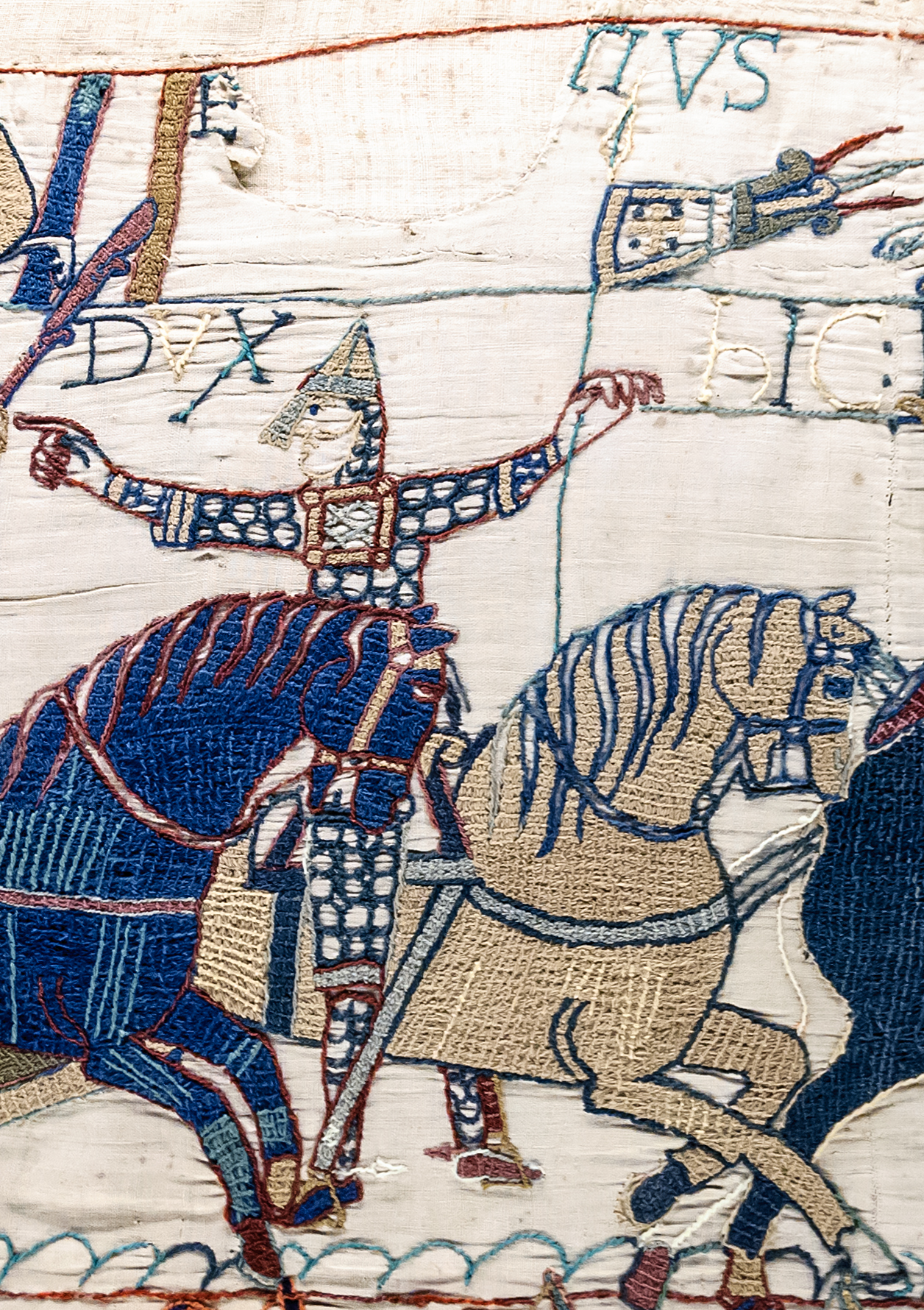|
Dirndl
A dirndl () is a feminine dress which originated in German-speaking areas of the Alps. It is traditionally worn by women and girls in some Alpine regions of Austria, Germany, Italy, Liechtenstein and Switzerland.Anette Dralle & Christiane Mackenzie (eds.): ''Standardwörterbuch Plus Englisch mit Wörterbuch-App: Englisch-Deutsch, Deutsch-Englisch'', PONS, Stuttgart, 2019, p. 714. A modern dirndl consists of a close-fitting bodice with a low neckline, a blouse worn under the bodice, a wide high-waisted skirt and an apron. The dirndl is regarded as a folk costume (in German ''Tracht''). It developed as the clothing of Alpine peasants between the 16th and 18th centuries. Today it is generally considered traditional dress for women and girls in German-speaking parts of the Alps, with particular designs associated with different regions. The usual masculine tracht counterpart of the dirndl is lederhosen. In the late 19th century the dirndl was adapted by the upper and middle clas ... [...More Info...] [...Related Items...] OR: [Wikipedia] [Google] [Baidu] [Amazon] |
Blouse
A blouse () is a loose-fitting upper garment that may be worn by workmen, peasants, artists, women, and children.The Concise Oxford English Dictionary It is typically gathered at the waist or hips (by tight hem, pleats, parter, or belt) so that it hangs loosely ("blouses") over the wearer's body. Today, the word most commonly refers to a girl's or woman's dress shirt, although there is considerable confusion between a true blouse and a women's shirt. It can also refer to a man's shirt if it is a loose-fitting style (e.g. poet shirts and Cossack shirts), though it rarely is. Traditionally, the term has been used to refer to a shirt which blouses out or has an unmistakably feminine appearance, although even many "standard" shirts today have a somewhat blousy fit, and the numbers of men wearing such shirts may match (or even exceed) that of women wearing actual blouses. The term is also used for some men's military uniform jackets. Etymology Blouse is a loanword from French to ... [...More Info...] [...Related Items...] OR: [Wikipedia] [Google] [Baidu] [Amazon] |
Bodice
A bodice () is an article of clothing traditionally for women and girls, covering the torso from the neck to the waist. The term typically refers to a specific type of upper garment common in Europe during the 16th to the 18th century, or to the upper portion of a modern dress to distinguish it from the skirt and sleeves. The name ''bodice'' is etymologically an odd plural spelling of "body" and comes from an older garment called a ''pair of bodies'' (because the garment was originally made in two separate pieces that fastened together, frequently by lacing). Origin Frescoes produced by the Minoan civilization portray women wearing open bodices that displayed and accentuated their breasts; however, following the Late Bronze Age collapse, these garments would give way to the simpler clothes characteristic of Iron Age Greece. Contemporary European bodices are derived from the kirtle. A fitted bodice became fashionable in Europe around 1450. Classification The same word is ... [...More Info...] [...Related Items...] OR: [Wikipedia] [Google] [Baidu] [Amazon] |
Ethnic Costume
Folk costume, traditional dress, traditional attire or folk attire, is clothing of an ethnic group, nation or region, and expresses cultural, religious or national identity. An ethnic group's clothing may also be called ethnic clothing or ethnic dress. Traditional clothing includes everyday and formal wear. The word "costume" in this context is sometimes considered pejorative, as the word has more than one meaning, and thus "clothing", "dress", "attire" or "regalia" can be substituted without offense. Following the rise of romantic nationalism in parts of Europe, pre-industrial peasantry came to serve as ideals for genuinity and desirability. Garments evoking peasant dress were made from traditional pre-industrial textiles. In regions where Western dress styles are common, traditional garments are often worn during special events or celebrations. International events may cater to non-Western attendees with a compound dress code such as "business suit or national dress". In s ... [...More Info...] [...Related Items...] OR: [Wikipedia] [Google] [Baidu] [Amazon] |
Tracht
''Tracht'' () refers to traditional garments in German-speaking countries and regions. Although the word is most often associated with Bavarian, Austrian, South Tyrolean and Trentino garments, including lederhosen and dirndls, many other German-speaking peoples have them, as did the former Danube Swabian populations of Central Europe. Name The word "Tracht" comes from the verb "tragen" (to carry or wear); thus the derived noun "Tracht" means "what is worn". So "Tracht" can refer to the clothes which are worn. The noun also has other uses deriving from the verbal meaning, e.g. a load, a device for carrying a load on the shoulders, or the load of honey carried in by the bees). It also appears within the German idiom "eine Tracht Prügel" (a ''load'' (of) beating or, alternately, "a good beating"). "Tracht" is commonly used to refer to the manner of dress associated with a particular ethnic group (''Volkstracht''), social class, or occupation (''Arbeitstracht''). Most often it ... [...More Info...] [...Related Items...] OR: [Wikipedia] [Google] [Baidu] [Amazon] |
Folk Costume
Folk costume, traditional dress, traditional attire or folk attire, is clothing of an ethnic group, nation or region, and expresses cultural, religious or national identity. An ethnic group's clothing may also be called ethnic clothing or ethnic dress. Traditional clothing includes everyday and formal wear. The word "costume" in this context is sometimes considered pejorative, as the word has more than one meaning, and thus "clothing", "dress", "attire" or "regalia" can be substituted without offense. Following the rise of romantic nationalism in parts of Europe, pre-industrial peasantry came to serve as ideals for genuinity and desirability. Garments evoking peasant dress were made from traditional pre-industrial textiles. In regions where Western dress styles are common, traditional garments are often worn during special events or celebrations. International events may cater to non-Western attendees with a compound dress code such as "business suit or national dress". In s ... [...More Info...] [...Related Items...] OR: [Wikipedia] [Google] [Baidu] [Amazon] |
Standard German
Standard High German (SHG), less precisely Standard German or High German (, , or, in Switzerland, ), is the umbrella term for the standard language, standardized varieties of the German language, which are used in formal contexts and for communication between different dialect areas. German is a Pluricentric language, pluricentric Abstand and ausbau languages#Roofing, Dachsprache with currently three codified (or standardised) specific national varieties: German Standard German, Austrian German#Standard Austrian German, Austrian Standard German and Swiss Standard German. Regarding the spelling and punctuation, a recommended standard is published by the Council for German Orthography which represents the governments of all majority and minority German-speaking countries and dependencies. Adherence is obligatory for government institutions, including schools. Although there is no official standards body regulating pronunciation, there is a long-standing ''de facto'' standard pronu ... [...More Info...] [...Related Items...] OR: [Wikipedia] [Google] [Baidu] [Amazon] |
Skirt
A skirt is the lower part of a dress or a separate outer garment that covers a person from the waist downwards. At its simplest, a skirt can be a draped garment made out of a single piece of fabric (such as pareos). However, most skirts are fitted to the body at the waist or hips and fuller below, with the fullness introduced by means of darts, gores, pleats, or panels. Modern skirts are usually made of light to mid-weight fabrics, such as denim, jersey, worsted, or poplin. Skirts of thin or clingy fabrics are often worn with slips to make the material of the skirt drape better and for modesty. In modern times, skirts are very commonly worn by women and girls. Some exceptions include the izaar, worn by many Muslim cultures, and the kilt, a traditional men's garment in Scotland, Ireland, and England. The hemline of skirts can vary from micro to floor-length and can vary according to cultural conceptions of modesty and aesthetics as well as the wearer's personal tast ... [...More Info...] [...Related Items...] OR: [Wikipedia] [Google] [Baidu] [Amazon] |
Lederhosen
The term Lederhosen (; , singular in German usage: ''Lederhose'', ; lit. "Leather Pants") is used in English to refer specifically to the traditional leather breeches worn by men in Southern Germany (specifically in Bavaria and Swabia), Austria, South Tyrol and Slovenia. The term '' Trachten Lederhose'' is often used in German to avoid confusion with other types of leather pants. The longer trousers are generally called ''Bundhosen''. History Lederhosen probably originated during the late Middle Ages. They were worn for hard physical work, as they were more durable than fabric garments. Today, they are mostly worn as leisurewear. Lederhosen and dirndl attire are also common at Oktoberfest events around the world. ''La Couturière Parisienne'' stated that lederhosen were originally not exclusively Bavarian garments, but were worn all over Europe, especially by riders, hunters, and other people involved in outdoor activities. The flap (drop front), though, may have been a un ... [...More Info...] [...Related Items...] OR: [Wikipedia] [Google] [Baidu] [Amazon] |
Alps
The Alps () are some of the highest and most extensive mountain ranges in Europe, stretching approximately across eight Alpine countries (from west to east): Monaco, France, Switzerland, Italy, Liechtenstein, Germany, Austria and Slovenia. The Alpine arch extends from Nice on the western Mediterranean Sea, Mediterranean to Trieste on the Adriatic Sea, Adriatic and Vienna at the beginning of the Pannonian Basin. The mountains were formed over tens of millions of years as the African and Eurasian tectonic plates collided. Extreme shortening caused by the event resulted in marine sedimentary rocks rising by thrust fault, thrusting and Fold (geology), folding into high mountain peaks such as Mont Blanc and the Matterhorn. Mont Blanc spans the French–Italian border, and at is the highest mountain in the Alps. The Alpine region area contains 82 peaks higher than List of Alpine four-thousanders, . The altitude and size of the range affect the climate in Europe; in the mountain ... [...More Info...] [...Related Items...] OR: [Wikipedia] [Google] [Baidu] [Amazon] |
Silk
Silk is a natural fiber, natural protein fiber, some forms of which can be weaving, woven into textiles. The protein fiber of silk is composed mainly of fibroin and is most commonly produced by certain insect larvae to form cocoon (silk), cocoons. The best-known silk is obtained from the cocoons of the larvae of the mulberry silkworm ''Bombyx mori'' reared in captivity (sericulture). The shimmering appearance of silk is due to the triangular Prism (optics), prism-like structure of the silk fibre, which allows silk cloth to refract incoming light at different angles, thus producing different colors. Harvested silk is produced by several insects; but, generally, only the silk of various moth caterpillars has been used for textile manufacturing. There has been some research into other types of silk, which differ at the molecular level. Silk is mainly produced by the larvae of insects undergoing holometabolism, complete metamorphosis, but some insects, such as webspinners and Gr ... [...More Info...] [...Related Items...] OR: [Wikipedia] [Google] [Baidu] [Amazon] |
Embroidery
Embroidery is the art of decorating Textile, fabric or other materials using a Sewing needle, needle to stitch Yarn, thread or yarn. It is one of the oldest forms of Textile arts, textile art, with origins dating back thousands of years across various cultures. Common Embroidery stitch, stitches found in early embroidery include the chain stitch, Buttonhole stitch, buttonhole or blanket stitch, running stitch, satin stitch, and cross stitch. Modern embroidery continutes to utilize traditional techniques, though many contemporary stitches are exclusive to machine embroidery. Embroidery is commonly used to embellish accessories and garments is usually seen on quilts, clothing, and accessories. In addition to thread, embroidery may incorporate materials such as Pearl, pearls, Bead, beads, Quill, quills, and Sequin, sequins to highlight texture and design. Today, embroidery serves both decorative and functional purposes and is utilized in fashion expression, cultural identity, and ... [...More Info...] [...Related Items...] OR: [Wikipedia] [Google] [Baidu] [Amazon] |









